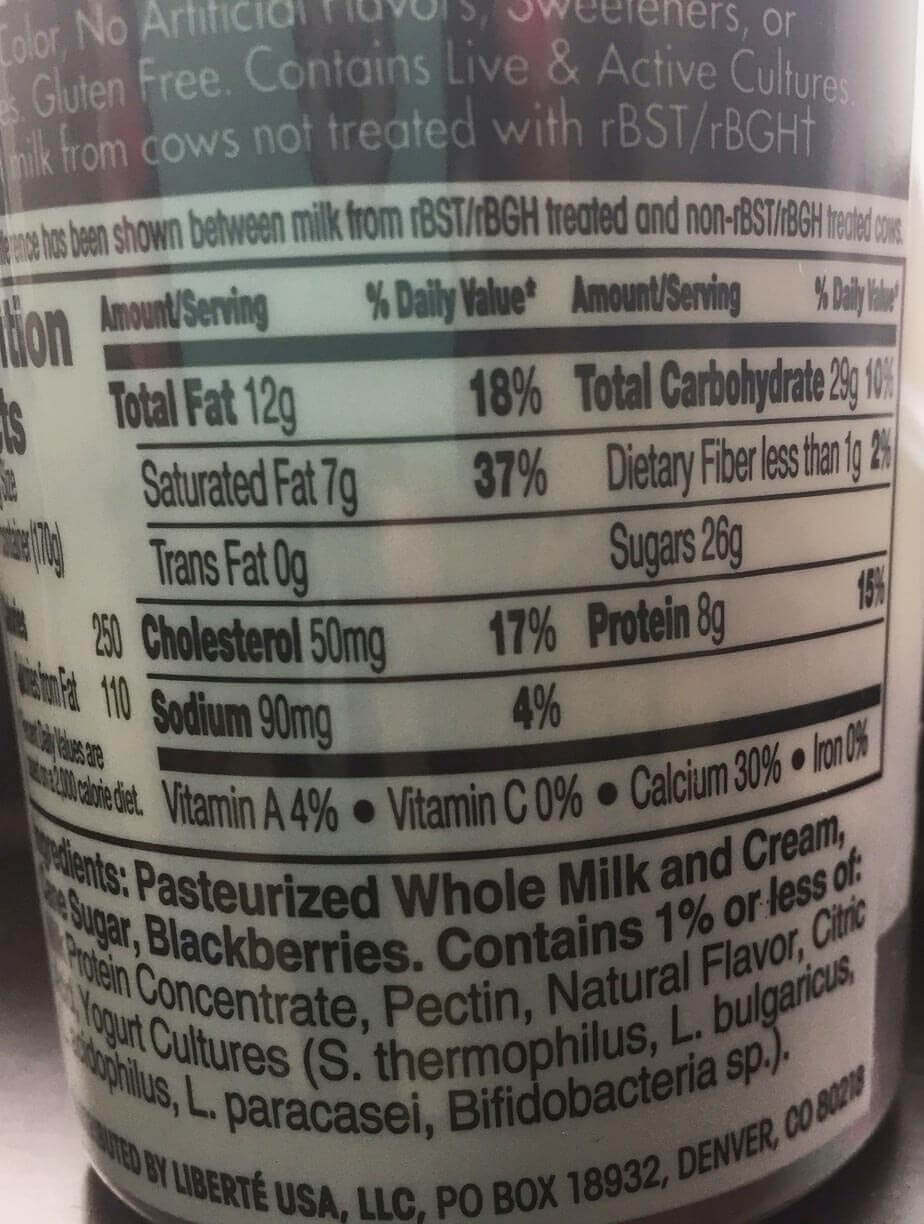Posted on April 11, 2016
The ‘deets’ on sweets: How to reduce added sugar
Have you ever been confused about the sugar content on a food label? Apple juice seems healthy in moderation, but the label says there’s 25 grams of sugar in the unsweetened varieties – why?
 The latest federal dietary guidelines recommend consuming less than 50 grams of added sugar per day. The key word? Added.
The latest federal dietary guidelines recommend consuming less than 50 grams of added sugar per day. The key word? Added.
For perspective, a regular soda has about 40 grams of added sugar. Most Americans consume well above the recommended 50 grams per day, often in the form of pop, candy, baked goods, ice cream, sports drinks and energy drinks – i.e. “junk food.”
Unfortunately, food labels don’t distinguish between naturally-occurring sugar and added sugar. So how do you tell the difference?
Naturally-occurring sugars are those found in foods on their own and not through processing. Examples include lactose in milk and fructose in fruit. Added sugars are any form of sweetener added to a product during preparation or processing.
To identify where the sugar grams on a food label originate, check the ingredient list. Added sugars may be listed as other ingredients ending in “ose,” like maltose or sucrose. Other terms for sugar include molasses, high-fructose corn syrup, cane sugar, sorbitol, corn sweetener, raw sugar, syrup, honey or fruit juice concentrates.
In addition to simply reducing consumption of common “junk” foods, there are many ways to reduce your daily intake of added sugar. Kim Meeuwsen, registered dietitian/nutritionist with the Mary Free Bed Weight Management Program, offers a few ways to get started:
- Think about your drink. Cutting down on your soda consumption can significantly reduce the added sugar in your diet. But what about other store-bought beverages? Sweetened iced teas, bottled coffee, energy drinks and sports drinks can pack almost as much sugar per serving. Water and plain/unsweetened tea are the best thirst quenchers. To boost flavor try infusing it with fruit such as sliced lemon, berries or melon.
 Compare food labels. Don’t forget to check the ingredients on the label and not just sugar grams. Keep an eye on common foods like yogurt and cereal. Many brands include added sugar in addition to the naturally-occurring lactose in yogurt and fructose in the fruit. Aim for less than 12 grams of sugar for yogurt and in the single digits for cereal.
Compare food labels. Don’t forget to check the ingredients on the label and not just sugar grams. Keep an eye on common foods like yogurt and cereal. Many brands include added sugar in addition to the naturally-occurring lactose in yogurt and fructose in the fruit. Aim for less than 12 grams of sugar for yogurt and in the single digits for cereal.- Tweak your recipes. In baked products, you can often cut the sugar measurement by one-third or one-half and not even notice the difference – especially if it’s a treat made with fruit.
- Spice it up! Try replacing sugar and boosting flavor with ginger, nutmeg or cinnamon. For example, adding cinnamon (instead of brown sugar) to oatmeal can be just as satisfying.
- Go natural. When your sweet tooth kicks in, reach for a piece of fruit instead of candy or cookies. The more you’re able to swap out processed sugars for naturally-occurring sugars, the more satisfying those become.
It may not be realistic to cut all sugar from your diet, but every bit helps. Simply switching from two packets to one packet of sugar in your morning coffee can help. Small changes throughout the day can have a big impact!





